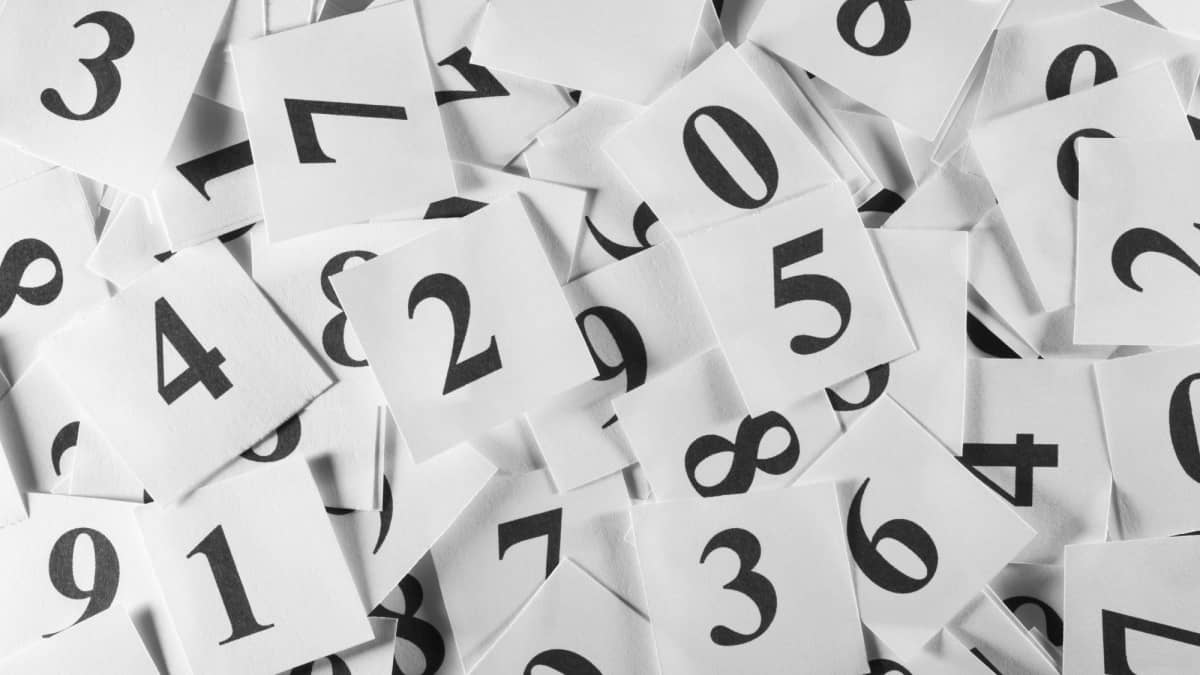If you’re an avid solver of the New York Times crossword, you’ve probably encountered the infamous “four digits to memorize NYT” puzzle clue. This cryptic challenge has puzzled many crossword enthusiasts, prompting searches for hints and solutions. In this article, we’ll delve into the significance of these four digits, explore tips for memorizing them, and provide insights on how they often appear in the NYT crossword.
Table of Contents
ToggleUnderstanding the “Four Digits to Memorize NYT” Clue
The New York Times crossword puzzle often includes a variety of challenging clues, and “four digits to memorize” is one of them. These digits typically refer to a specific code, year, or numerical pattern that solvers must recall or deduce. The exact nature of these digits can vary, but they often require a bit of historical or contextual knowledge.
Common Appearances in Crosswords
In the context of the NYT crossword, these four digits could be:
- Historical Years: Significant years that are crucial to certain events.
- Famous Numbers: Numbers that hold particular importance in popular culture.
- Dates: Specific dates that are well-known and relevant to the theme of the puzzle.
For example, a clue might reference a famous year in history or a notable number from pop culture. Recognizing these patterns can be key to solving the puzzle efficiently.
Tips for Memorizing Four Digits
Memorizing four digits might seem straightforward, but it can be tricky under pressure. Here are some strategies to help:
1. Association Techniques
Associate the digits with something memorable. For example, if the digits are a year, think about what happened in that year and create a vivid mental image.
2. Chunking
Break the four digits into two groups of two. This makes the sequence easier to remember. For instance, if the digits are 1945, think of it as 19 and 45.
3. Repetition
Repeating the digits multiple times can help cement them in your memory. Write them down, say them aloud, and repeat the process several times.
4. Use Mnemonics
Create a mnemonic device to remember the sequence. For example, if the digits are 1492, you could remember “In 1492, Columbus sailed the ocean blue.”
5. Practice Regularly
Regularly practicing with past crossword puzzles can help improve your ability to recall four-digit sequences. The more you encounter these types of clues, the better you’ll become at solving them.
The Role of Four-Digit Clues in Crossword Puzzles
The “four digits to memorize NYT” clue plays a significant role in testing a solver’s knowledge and memory. It adds a layer of complexity and often serves as a key part of the puzzle’s theme. Successfully deciphering these clues not only brings satisfaction but also sharpens cognitive skills.
Thematic Integration
In many NYT crosswords, the four-digit clues are thematically integrated. For instance, a puzzle focused on American history might feature important years like 1776 or 1865. Recognizing the theme can provide context clues, making it easier to deduce the correct digits.
Real-Life Applications of Memorizing Digits
Beyond crosswords, the skill of memorizing four-digit sequences can be useful in everyday life. From recalling PINs and passwords to remembering historical dates and numerical codes, this ability has practical applications.
Improving Cognitive Skills
Engaging in activities that require memorization, such as solving crosswords, can improve cognitive functions like memory, concentration, and problem-solving. It’s a fun way to keep the brain active and sharp.
Internal Linking for Enhanced Reading Experience
For readers interested in enhancing their digital knowledge and staying updated with the latest trends, here are some valuable resources:
- ZeroDevice: Your Comprehensive Guide to Cutting-Edge Technology
- DigitalNewsAlerts: Your Gateway to Instant Information
These links provide further insights into the world of technology and digital news, complementing your crossword-solving journey with up-to-date information and tips.
Conclusion
Memorizing four digits for the NYT crossword is a skill that combines historical knowledge, memory techniques, and puzzle-solving prowess. By employing association techniques, chunking, repetition, mnemonics, and regular practice, you can master this challenge and enhance your crossword-solving abilities. Remember, the key is to stay curious, keep practicing, and enjoy the process of learning and discovery. Happy puzzling!




